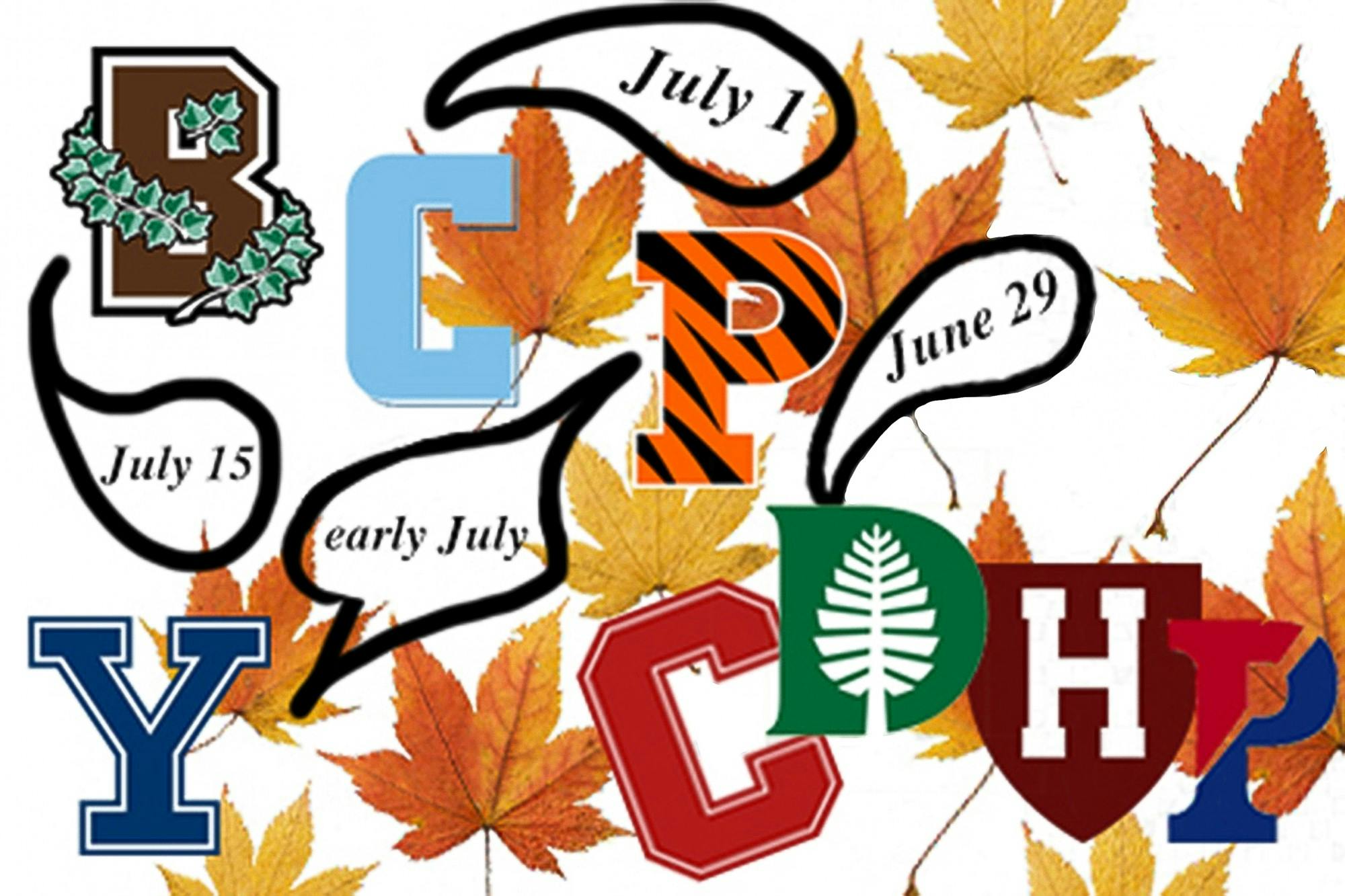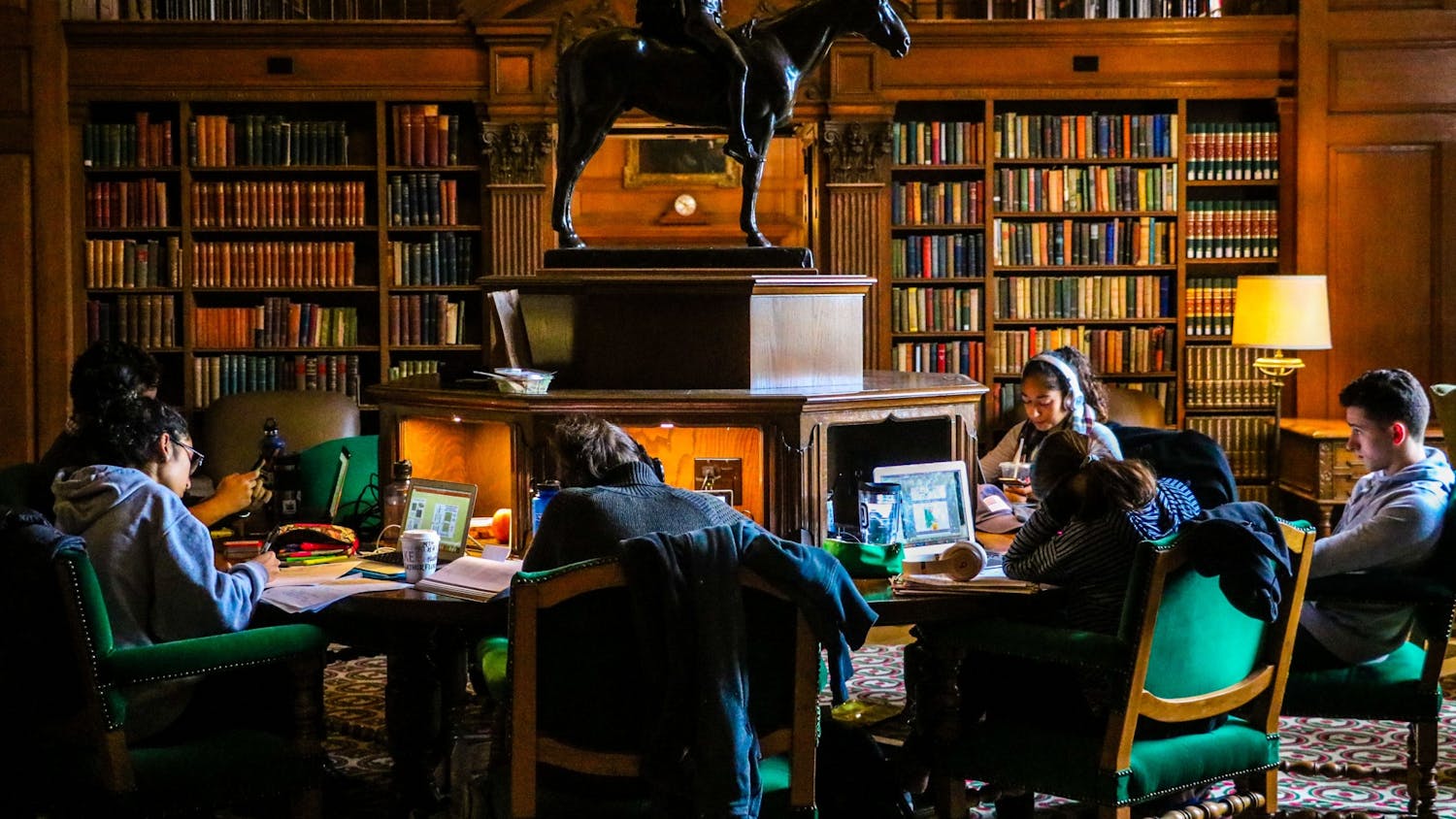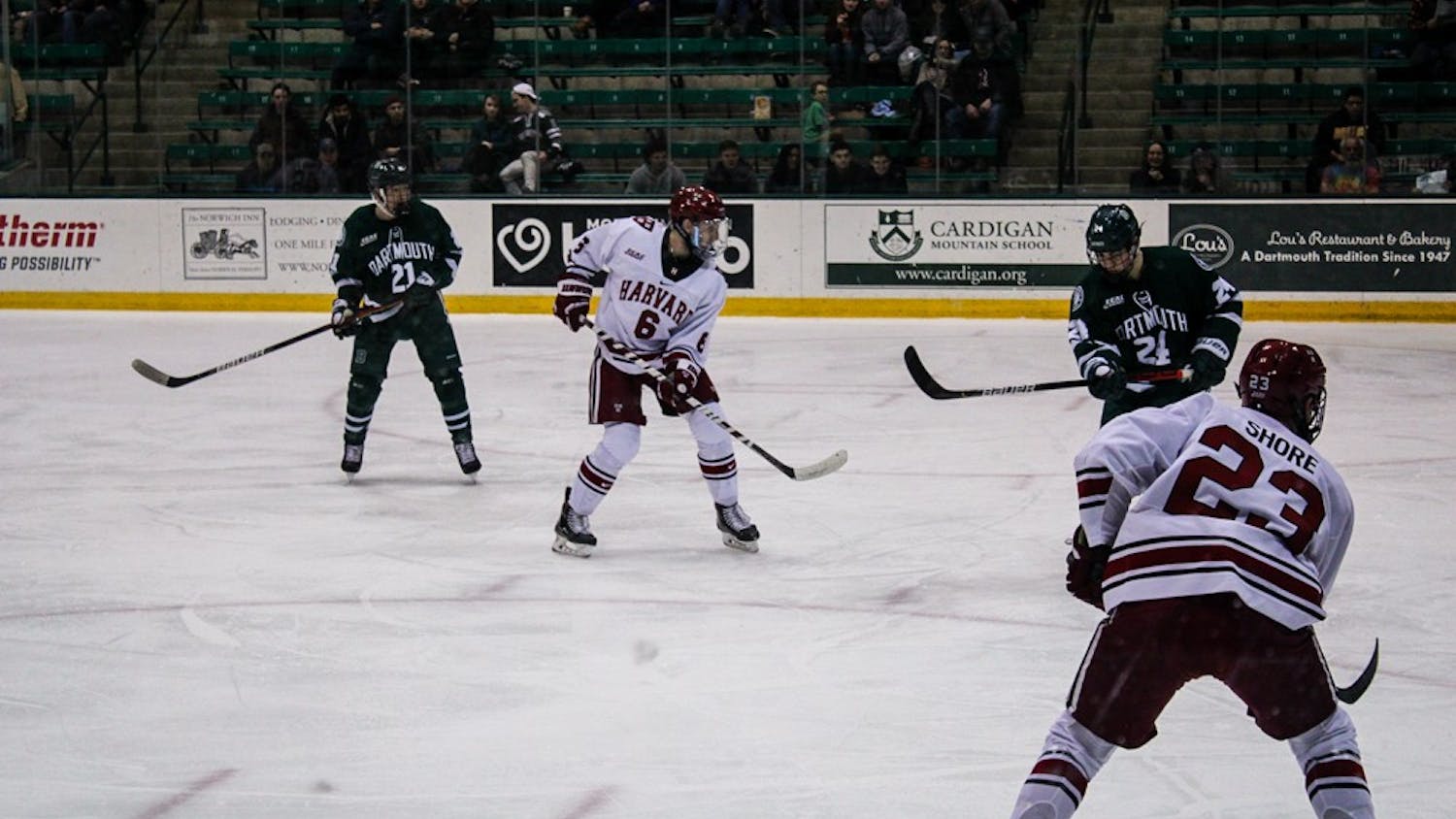As Dartmouth students finish their virtual spring terms, many are looking to other colleges for information about how and if they will conduct their fall terms. While the College has yet to offer specific guidance on the fall, College President Phil Hanlon and Provost Joseph Helble announced on May 4 that a final decision regarding fall term will be made by June 29.
Helble said that the College is considering a “full range of options” for the fall term, including the possibility of partially-remote learning.
Hanlon and Helble wrote in their campus-wide email that “[i]n the most likely scenario, we expect to have a mix of in-person and virtual classes.” In an April 28 interview with The Dartmouth, Helble acknowledged that the likelihood of a fully residential term is “not very high.” He added that the College would use the following months to gather the information needed to make the decision.
Within the Ivy League, no school has committed to either resuming in-person learning for the fall or conducting a remote term. However, many schools have committed to making final decisions by July.
Brown University will decide by July 15, Columbia University by July 1 and Princeton University by “early July,” though each is considering a different range of likely options.
In the meantime, Brown is “planning for a range of different scenarios,” Brown president Christina Paxson wrote in a May 6 press release. Paxson wrote that one likely scenario is a plan in which students can choose to be on campus two of three semesters over the next year — fall, spring and summer.
Paxson authored an op-ed in the New York Times that called COVID-19 a “crisis” for higher education. She wrote in the piece that “[i]t’s not a question of whether institutions will be forced to permanently close, it’s how many,” and said “the reopening of college and university campuses in the fall should be a national priority.”
Similarly, Columbia president Lee Bollinger announced on May 14 that Columbia will use three academic terms — fall 2020, spring 2021 and summer 2021 — to provide the “greatest amount of flexibility in organizing educational experiences." He added that he would announce more specific details by July.
Other schools, like Princeton, have yet to make an official decision but seem to be preparing for the worst-case scenario. Princeton president Christopher Eisgruber announced on May 4 that he has asked faculty members to begin planning under the assumption that classes will be online in the fall.
The other four members of the Ivy League, Cornell University, Harvard University, the University of Pennsylvania and Yale University, have not announced concrete options for the fall but have mentioned that they are considering a range of options.
In response to peer colleges’ announcements, Helble said in Wednesday’s “Community Conversations” livestream that the College is paying attention to decisions made by other colleges, but added that Dartmouth will not be “driven by” those decisions.
“We are aware of the decisions other institutions are making, but we will continue to be careful, thoughtful and deliberate in our own decisions,” Helble said.
Helble also said that the College’s first priority is to evaluate the maximum number of students that can be “safely accommodated” before determining who may be let back on campus.
He added that the College is looking at implementing an “integrated solution” for the academic year to give students “certainty” about when they can return to campus. Helble added that different cohorts of students may be asked to “share” the need for remote learning terms over the next year.
Stanford provost Persis Drell, meanwhile, said that having all undergraduates return to campus for the fall was among the “least likely” scenarios. On May 12, Drell said that in the event that only some “undergraduate cohorts” could return to campus each quarter, Stanford would consider “programming” four quarters of instruction — instead of its usual three — to bring back more students over the year. Stanford has yet to announce a final decision, nor has it announced a date by which a decision would be made.
Like Dartmouth, Stanford is assessing a wide range of options. Drell even suggested that Stanford may make use of outdoor tents for instruction to “take advantage of the weather” and slow the spread of COVID-19.
Many institutions across Vermont and New Hampshire have already committed to bringing back students for residential learning in the fall.
Saint Michael’s College, located in Colchester, Vermont, is preparing for a regular, in-person fall term. Saint Michael’s president Lorraine Sterritt announced on April 30 that the college will return to on-campus instruction at the normal start date and added it will need to implement “appropriate mitigation strategies” to protect the health and safety of the community.
Although University of New Hampshire president James Dean announced on May 8 that the university is planning to welcome all students for in-person instruction in the fall, he said that classes will be offered in a “blended format,” with students being given the option to take classes on campus or at home.
Other universities have delayed the return of students for in-person learning this fall. While the University of Florida will delay its start date by a week, Ithaca College will delay classes by over a month. Ithaca College president Shirley Collado said on May 18 that the college will allow students back for in-person learning on Oct. 5, rather than its usual date of Aug. 24.
The press release from the president explained the delay would give the school “time for all of us to plan, prepare and thoughtfully align toward a common goal as this public health crisis continues to evolve.”
On the other hand, some institutions have already committed to keeping most classes online for the fall term.
California State University chancellor Timothy White said on May 12 that fall courses at CSU will be primarily virtual across all 23 of its campuses. There will be some limited exceptions for in-person activities that cannot be delivered virtually, including clinical classes for nursing students and essential science lab classes, White said.
Eastern Washington University will also hold classes online. On May 5, Eastern Washington University president Mary Cullinan announced that the university will pursue an “online-first, maximum flexibility” instructional model for the fall. That said, Cullinan added that students will be able to live in residence halls, with only one student per room.
In anticipation of a second wave of the virus, some schools have chosen to return in-person in the fall, then end their terms earlier or switch to remote learning halfway through the semester.
Students at the University of Notre Dame will be required to return to campus on Aug. 10, two weeks earlier than scheduled, and the fall semester will conclude before Thanksgiving, according to Notre Dame president John Jenkins. The Purdue University Board of Trustees announced on May 7 that the university would begin the fall semester on Aug. 17 as planned but would transition to remote learning after Thanksgiving break.
Schools like Purdue have also begun planning to integrate health measures into their campuses. Students and faculty at Purdue will come be required to attend class in masks, Purdue president Mitch Daniels said in an interview with CNN. Some professors, Daniels added, may teach behind Plexiglas to maximize distance between students and faculty.




